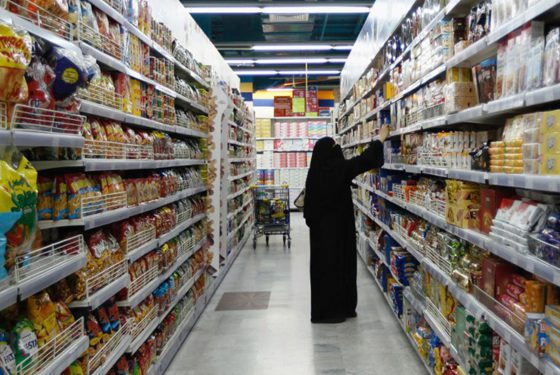The GCC’s food import bill will double over the next few years to a value of $53.1 billion, says a MEED Insight Thought Leadership Report. The report says prevailing climatic conditions in the GCC, which currently produces only 30 per cent of its food requirements and imports the remaining 70 per cent worth over $150 billion annually, will keep it dependent on food imports for the foreseeable future. The food sector is also core to diversification efforts as regional governments recognize its employment generation capabilities, import cost reduction, and re-export potential.
The report identifies food as the GCC’s highest consumer spend segment and predicts it will rise a further five per cent to reach $106 billion by next year. However, it also says high urbanization rates will affect spending patterns – identifying growing demand for convenience, frozen and packaged food. It says the Middle East will play a role in developing a global frozen food market forecast to reach $293.7 million by 2019.
The report says that by 2018, the GCC will see significant growth in organic farming, food retailing and its f&b service segment predicting that within two years the region’s organic farming market is expected to be worth $1.5 billion; its food retail market will grow to $155 billion and its overall f&b segment to $13.2 billion. Food consumption in the GCC stood at 39 million metric tons (MT) in 2014 and is expected to rise at a CAGR of 4.5 per cent until 2019, according to the report: “An expanding population base is a key driver of the rise in food consumption.
The population of the GCC region is expected to reach about 57 million in 2020, registering an annual CAGR or 1.8 per cent over 2014-2020. Increasing tourist inflow into the region could also stimulate food consumption, particularly of packaged foods and restaurant meals.” The report also identifies cereals, such as rice, wheat, barley and maize as the region’s most in-demand food products, accounting for 55 per cent of total food demand. It does, however, also pinpoint increasing demand for meat, particularly halal beef. “The rise in per capital consumption of meat indicates a shift in dietary preference towards meat consumption. The demand for foreign halal beef has grown steadily.
By 2019, the UAE will be among the world’s top 10 nations in per capita consumption of meat,” says the report. Changing country-by-country consumption trends are also outlined with Saudi Arabia and the UAE still being the region’s top consumers. “Home to over 75 per cent of the GCC’s population, Saudi Arabia and the UAE are the largest food consumption centers. While Saudi Arabia accounts for the highest consumption, primary owing to its large population based, the UAE’s share in overall food consumption has decreased, while consumption in Kuwait and Qatar has increased considerably.” Qatar, says the report, is proving to be fastest-growing food consumer up from 2012-2017 with an average annual growth of five per cent – almost double the GCC average. The growth is attributed to the rapidly rising population in the country owing to its mega events, such as the 2022 FIFA World Cup, which have increased the inflow of foreign workers mainly in the construction sector.
The report also gives strong insights into the region’s logistics and distribution system for the food sector, with growth predicted in investment in warehousing to improve operational efficiency and processes and cold storage infrastructure.
Zawya
19 April

























































